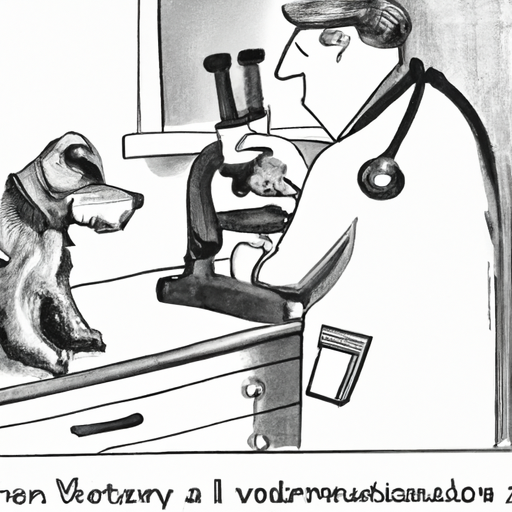Being a caregiver to your beloved canine companion means being vigilant for any health concerns that could potentially affect their well-being. One of these issues includes whipworms. Whipworms are a type of intestinal parasite that can pose serious health risks to your dog if left untreated. But don’t worry, this guide will arm you with all the necessary knowledge on how to get rid of whipworms in dogs.
Table of Contents
- Understanding Whipworms
- Recognizing the Symptoms of Whipworms in Dogs
- How Dogs Contract Whipworms
- Diagnosis of Whipworms
- Treatment and Prevention
- Frequently Asked Questions
Key Takeaways
- Whipworms are a common intestinal parasite in dogs.
- They can cause serious health complications if left untreated.
- The best way to prevent whipworm infestation is through regular vet visits, proper hygiene, and preventive medication.
Understanding Whipworms
Whipworms, also known as Trichuris vulpis, are a type of parasite that primarily inhabit the cecum, which is the beginning of a dog’s large intestine. These worms are tiny, usually about 1/4 inch long, and are shaped like whips, hence their name. They are one of the most common parasites that infest dogs, and can cause a variety of health problems.
Recognizing the Symptoms of Whipworms in Dogs
Recognizing the signs of a whipworm infestation in your dog is the first step towards effective treatment. Some common symptoms include:
- Diarrhea, which may contain blood
- Weight loss
- Anemia
- Dehydration
- Lack of energy
If you notice any of these symptoms in your dog, it’s important to contact your veterinarian immediately.
How Dogs Contract Whipworms
Dogs usually contract whipworms by ingesting soil or substances contaminated with whipworm eggs. This can happen when dogs eat, drink, lick or sniff contaminated materials. Dogs that spend a lot of time outdoors, particularly in areas where other dogs have defecated, are most at risk. This is why maintaining a clean environment for your dog is crucial in preventing whipworm infestation.
Diagnosis of Whipworms
If you suspect your dog might have whipworms, a visit to the vet is necessary. The vet will need a fresh stool sample from your dog to diagnose the infestation. The diagnosis is done through a microscopic examination of the stool sample. Unfortunately, whipworm eggs are not always visible in every sample, so your vet might need to perform multiple tests.
Treatment and Prevention of Whipworms
The good news is, whipworms are treatable. Your vet will likely prescribe a deworming medication, which kills the adult whipworms in your dog’s system. This medication may need to be administered multiple times to ensure all the whipworms are eradicated.
Prevention is always better than cure. Regular vet visits and fecal exams, proper hygiene, and preventive medication can significantly reduce the risk of whipworm infestation. Also, try to avoid areas known to be contaminated with whipworm eggs.
The American Kennel Club offers a comprehensive guide on how to prevent whipworms. Another good resource is PetMD’s article on whipworms which provides detailed information on the lifecycle of whipworms and how they affect dogs.
Frequently Asked Questions
Q: Can humans get whipworms from dogs?
A: While humans can get a type of whipworm, it’s not the same type that infests dogs. Human whipworms are contracted through human feces, not through dogs.
Q: How long does it take for a whipworm infestation to clear up?
A: Treatment for whipworms usually takes about 3-4 weeks, but this can vary depending on the severity of the infestation.
Q: Can whipworms be prevented?
A: Yes, whipworm infestations can be prevented through regular vet visits, fecal exams, proper hygiene, and preventive medication.
In conclusion, whipworms can pose a serious threat to your dog’s health. But, armed with the right knowledge and resources, you can effectively protect your furry friend from this common parasite.
For additional resources on dog health, you can check out the following articles on OneTopDog: How to Prevent Heartworms in Dogs, Common Dog Parasites and How to Deal with Them, and Understanding Canine Health Issues.



